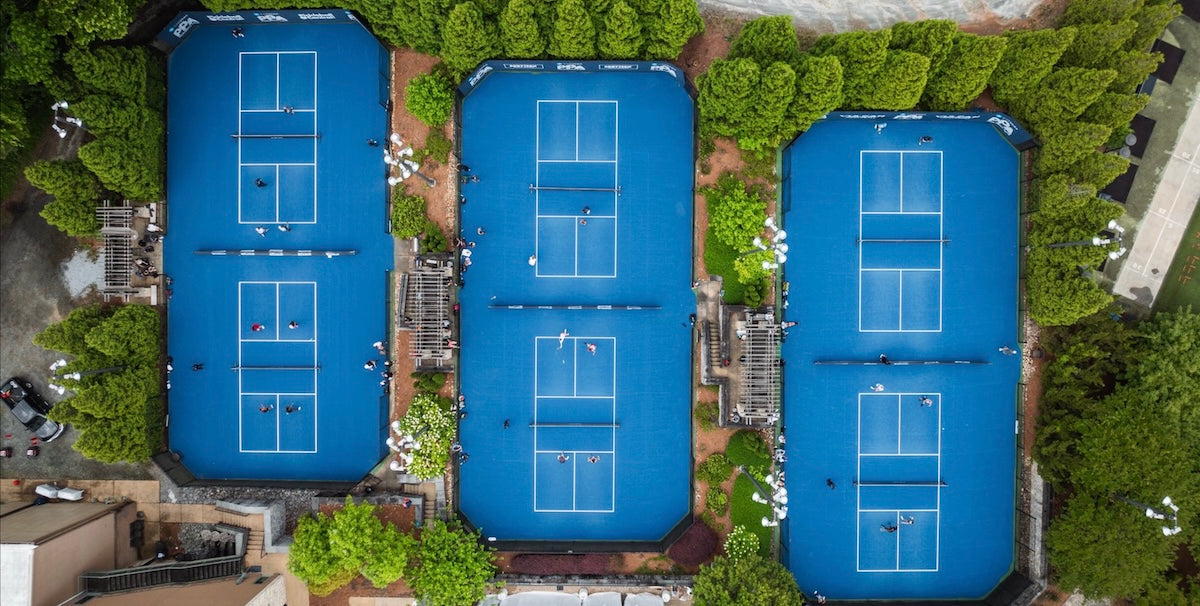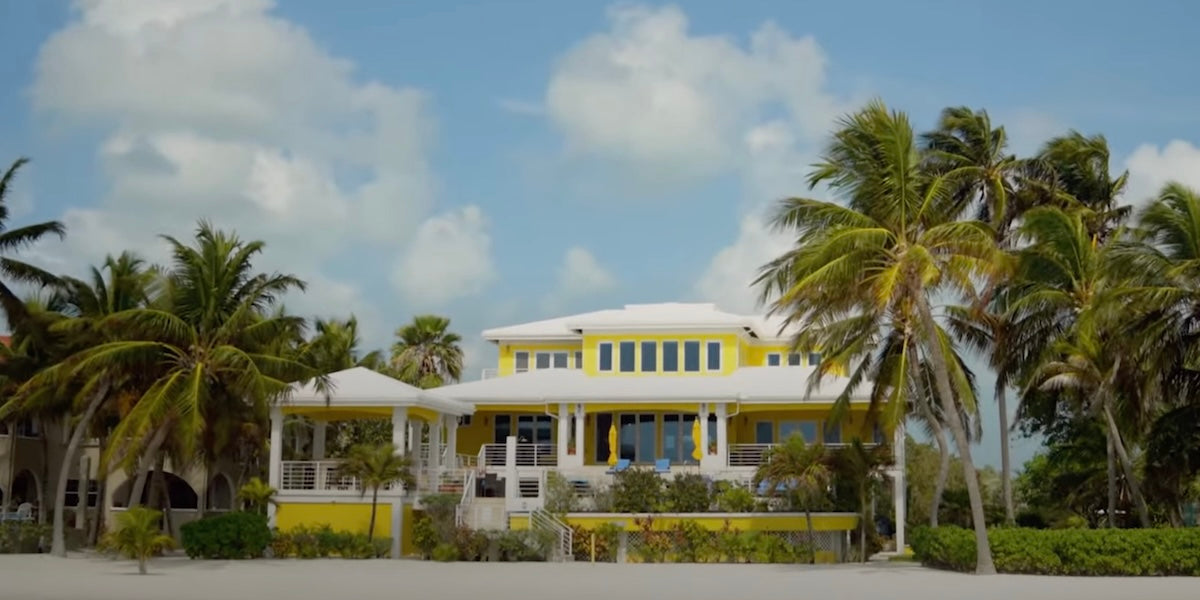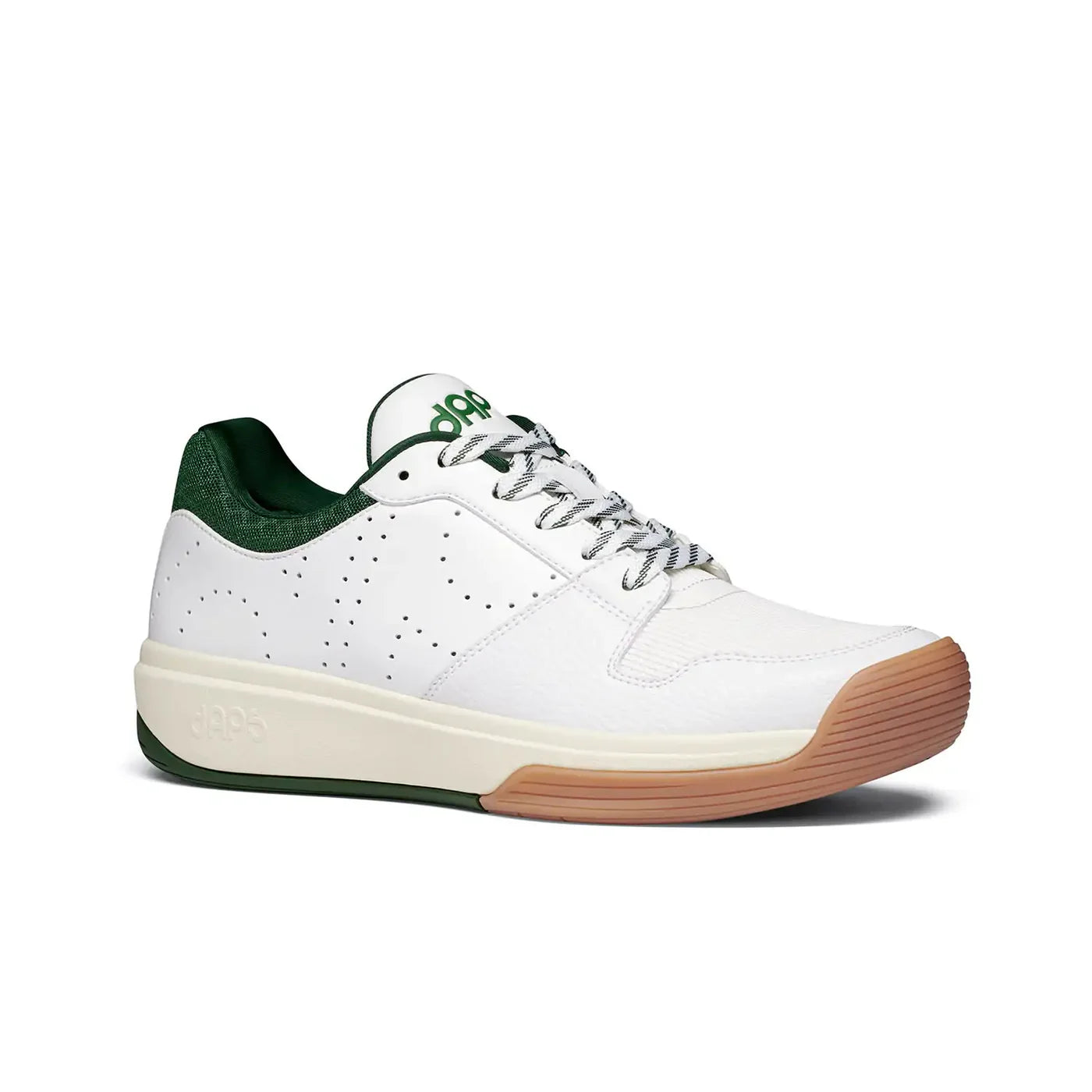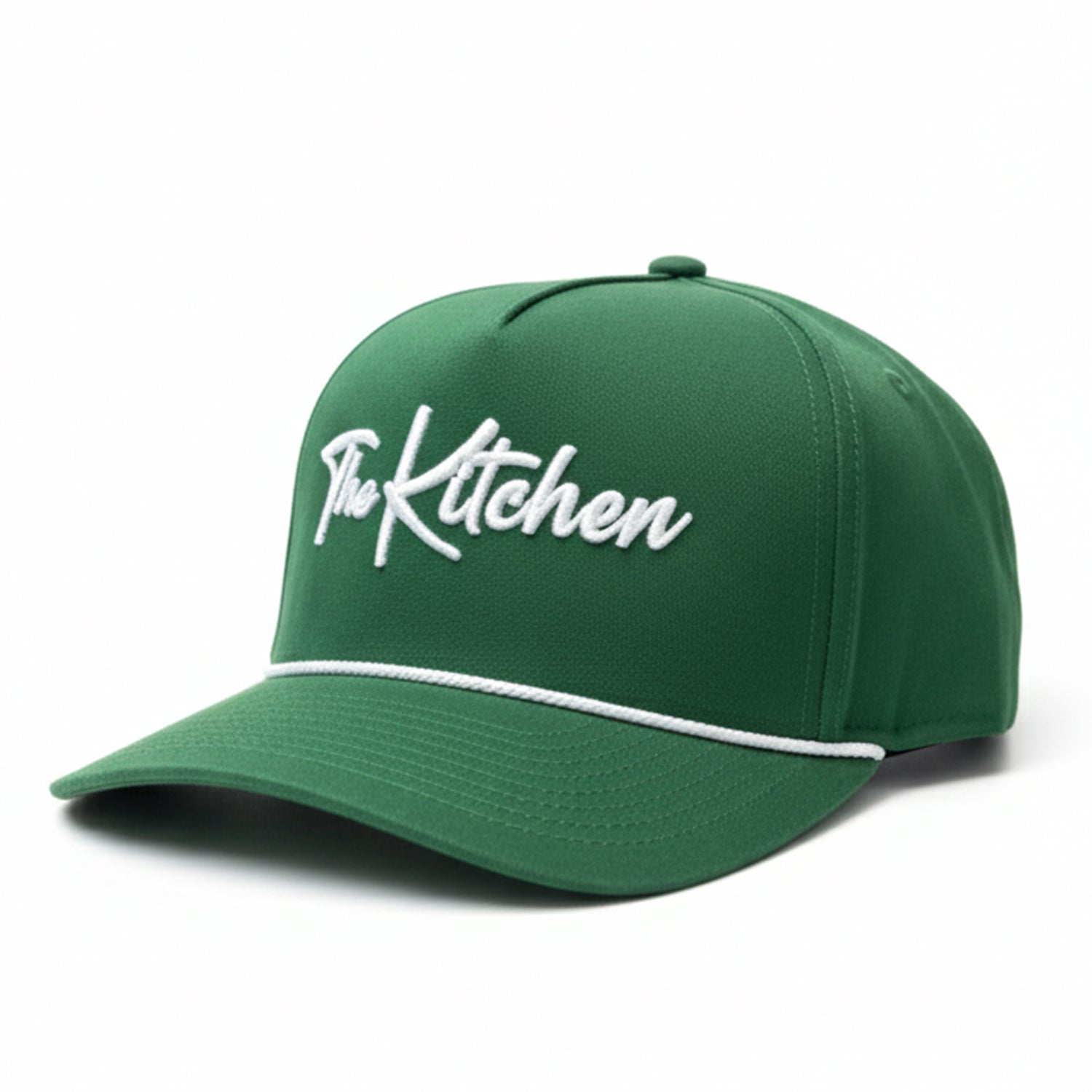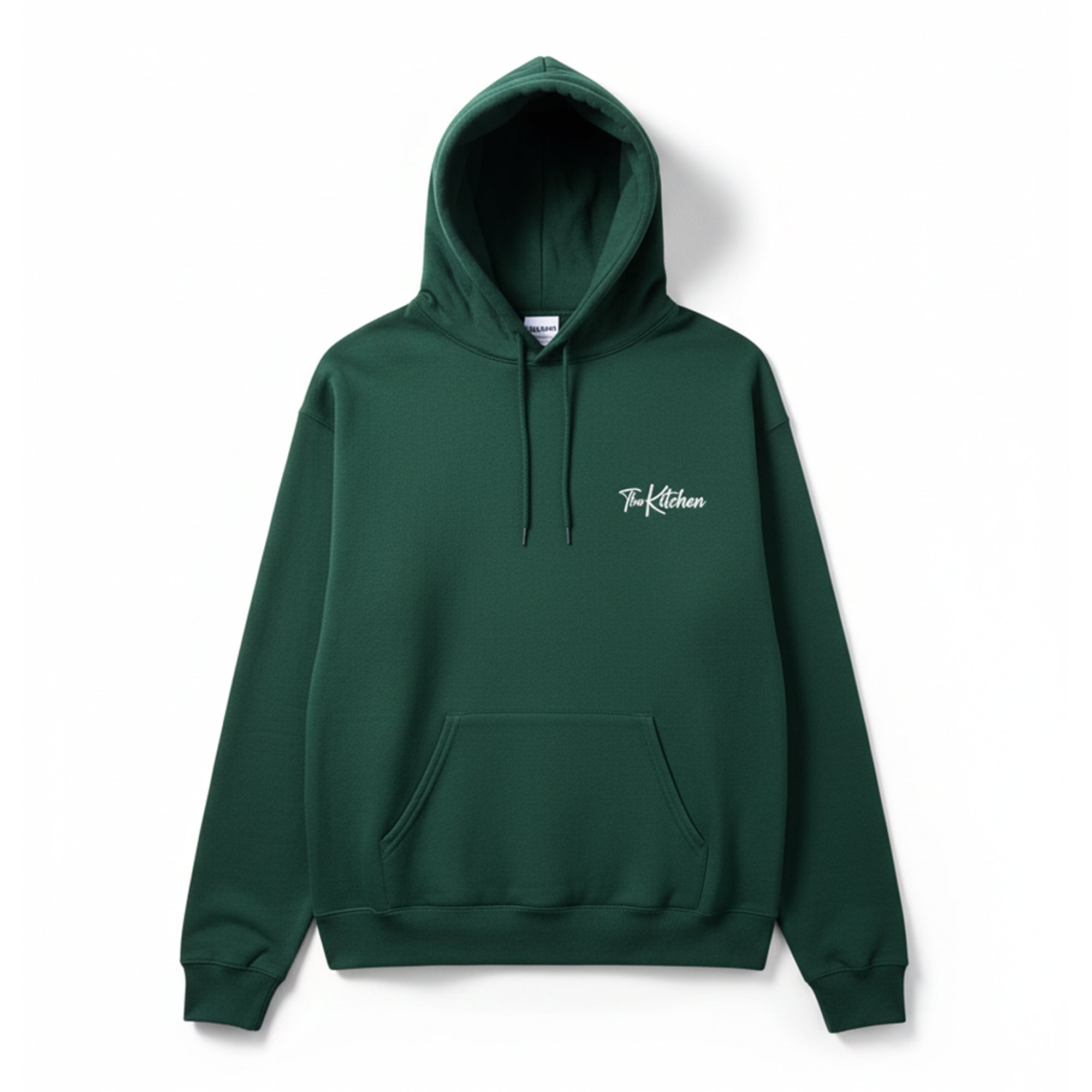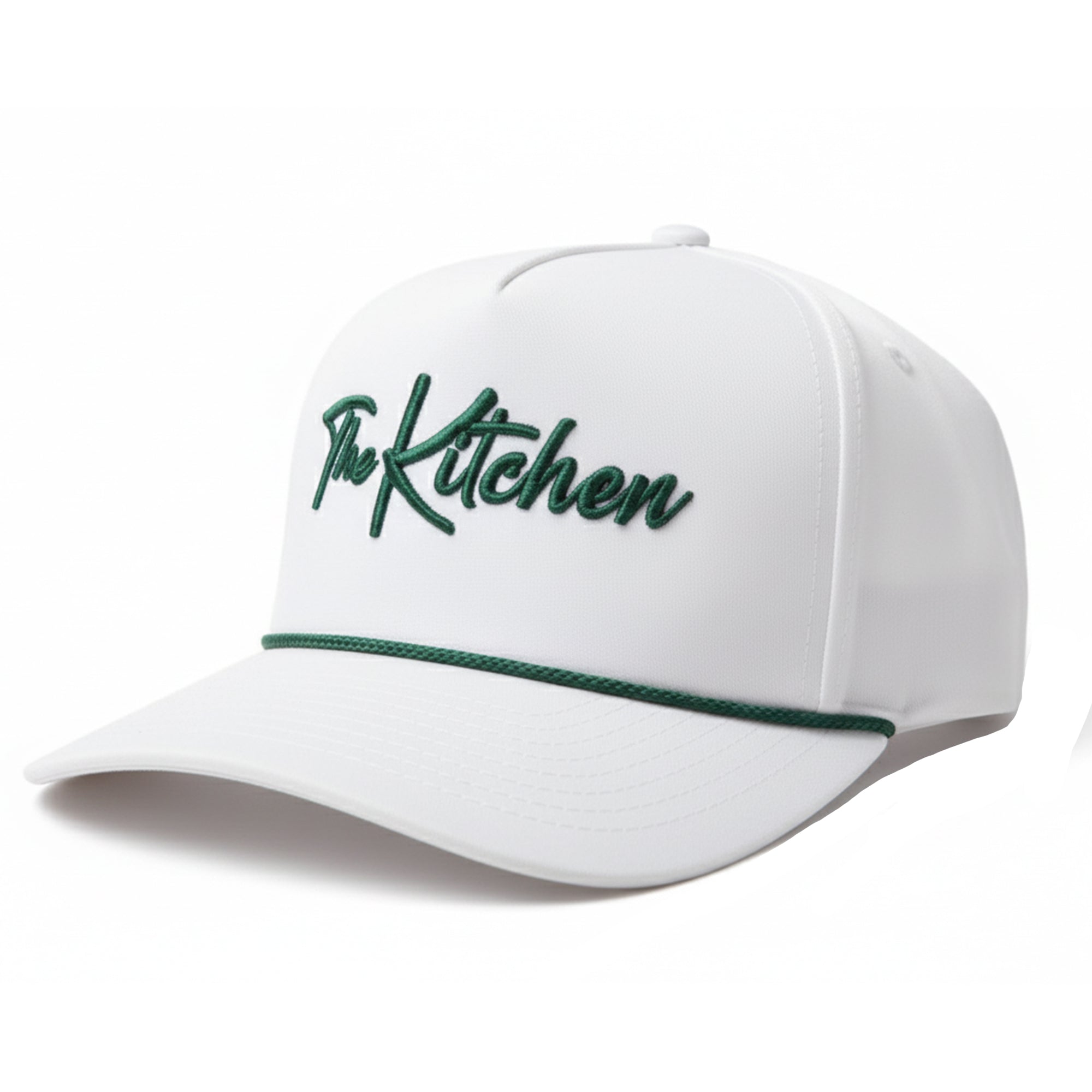Breaking down which pickleball club model works best: Franchises vs. mom & pop facilities
Last Edited
Apr 24 2025
Category
Community
There’s a big question pickleball clubs are going to have to start answering soon.
It’s no surprise there’s a huge demand for more courts. The popularity of pickleball has quickly surpassed the number of courts available for players, but which facility model works best and what are the differences?
There are two very distinct pickleball club models currently.
First, the single-owner style. This typically involves an individual or a small group coming together to build a facility. These clubs are often unique in design and serve a niche market within the local community.
New facilities often see strong community support, and single-owner clubs are no exception.
Then, the franchise model.
Brands like Pickleball Kingdom have taken the pickleball world by storm, launching new facilities across the U.S. with speed and precision. Memberships fill quickly, brand recognition is top-tier, and their facilities are next level.
If both models are succeeding, what’s the issue?
Mom & pop clubs have their place, and franchises are expanding rapidly. Players have places to play, and business owners are finding success. The challenge lies in how each model scales.
Different kinds of pickleball clubs have different cultures
The success of a business is often built on culture. At its core, culture is what separates the good from the great.
Every successful business — large or small — shares one thing: a culture of excellence. It’s not something easily replicated, bottled, or copied. It’s intangible. It lives within the people who make up the organization.
It’s the IT factor.
Mom & pop shops often have an edge here. They control the hiring, the vibe, and the culture.
Franchises operate differently.
Franchise models typically follow brand standards that franchisees must adhere to — everything from facility layout to uniforms. Staffing may fall to franchisees or be handled by the corporate team, depending on the size of the organization.
As growth accelerates, maintaining culture becomes a major challenge.
Rogue franchisees or disconnected leadership can erode a company’s culture. With each additional location, control becomes more difficult.
Smaller operations hold a clear advantage in cultivating and maintaining culture due to the complexity of scaling.
+1 for Mom & Pops
Pickleball club franchises have more room to grow
Growth is essential. In a consumer-driven world, businesses must evolve.
Growth doesn’t always mean new locations. It can mean expanding an existing space, increasing staff, or adding new services. Single-owner clubs will face real challenges here.
Without significant capital and a hunger for expansion, scaling a local pickleball facility is extremely difficult.
Think of a hometown restaurant. Open for decades — why no second location? Why no expansion? Because it’s really freaking hard.
Managing one location is simple. Focus can stay sharp, and being on-site ensures high standards are met.
With a second location, attention gets split. Quality suffers. The original location weakens, and the new one struggles to gain traction.
It’s possible — but far from easy. This is where the franchise model excels.
Franchises are built with scale in mind. Corporate leadership rarely works inside individual locations. Instead, they focus on selling more franchises, expanding the brand, and supporting new growth.
Each franchisee runs daily operations.
10 franchise sales mean 10 operators running 10 facilities. While profits from each location may be smaller than a single-owner model, scale brings exponential returns.
Start the year with 10. End it with 100.
That’s the model. That’s the goal.
+1 for Franchises
Brand awareness is key
Even the best brand means nothing if nobody knows about it.
Visibility, identity, and connection are all critical.
This one’s a toss-up.
Single-owner clubs offer something unique. Content can be edgy, branding is personal, and the local presence is a huge asset.
When a new club opens in town, people flock to it. If the experience delivers, people stay. These clubs make players feel like part of a family.
That’s a win — especially in smaller markets.
Franchises, however, come armed with an entirely different toolkit. They can reach massive audiences. Dedicated marketing teams run national campaigns, local ads, partnerships and more.
Events across the country build brand loyalty — even among those with no direct connection. Franchises have the power to make someone feel part of the brand without ever setting foot in a facility.
That’s powerful.
+1 for Franchises
Summary
Pickleball facilities are booming — and there's still not enough. Local clubs are overcrowded, public courts are always full, and finding a court to reserve can be nearly impossible depending on the location.
Demand is through the roof. More clubs are desperately needed. But how they’re built matters.
Mom & pop clubs offer a local charm that connects with the community. They create amazing energy and make players feel like they belong.
Franchises bring speed, structure, and visibility. Facilities go up quickly, awareness spreads, and the sport grows in new markets.
What cannot be lost is the heart of the game. Pickleball thrives because of community. Poorly run facilities or short-lived ventures will only hurt the sport.
The right balance must be struck — one that expands the number of courts while preserving the welcoming, grassroots energy that made pickleball what it is today.
There’s no one perfect model. But the growth must continue — and it must be done right.
Frank Hines loves the game of pickleball and sharing that passion with as many people as possible. He found the game over two years ago and hasn't let up since. Follow Frank on X (formerly Twitter) and Instagram.



